Ready or not, here we go! A brand-new school year is upon us, and if there is anything certain, it's the fact that it will be filled with uncertainty. Some states and districts have returned to in-person instruction, while others are starting the year with online instruction. Some are taking a hybrid approach. However, some are delaying their start so that they can have more time to determine what will work best for their communities and students. Regardless of what your district has decided, it's likely that many of your teachers, students, and parents still have questions and are desperately trying to sort out their upcoming plans. Teachers, you are heroes. The proof is in the way you continue to navigate this uncertainty and address the needs of your students. This year, perhaps more than ever, it will also be crucial to address the needs of your students' parents.

This spring, many parents learned firsthand the intense patience, creativity, and passion it takes to be a teacher. The sudden school shutdown and switch to distance learning left many parents feeling ill-equipped to support their students' learning at home. Even those with the best of intentions struggled to provide their children with the assistance necessary for success. When you factor in the reality that many of those parents were also trying to work full-time, care for younger children, look for work after being laid off, and generally keep their heads above water, it's easy to see why distance learning this past spring was far from successful.
Now, however, we are able to enter a new school year with a little more time for planning on hand. Districts have spent the summer months creating online learning plans and are tentatively ready to start and succeed. As they do, though, it will be crucial to make sure parents receive the support they need to adequately support their children.
Clear Communication
In order to help ensure our students have access to all they need to succeed, it's crucial that clear communication occurs between the schoolteacher and parents.
Weekly Updates
As a teacher, consistent communication will be the key. During in-class instruction, most teachers opt to send home a weekly newsletter tucked in students' take-home folders. Consider creating a digital newsletter or simply a weekly email summarizing important information from the previous week and upcoming information for the week ahead. The method of communication is not nearly as important as consistency in communication.
Pick a Platform
Because we were all flying by the seat of our pants this spring, many districts and teachers had their hands in the ever-growing digital world cookie jar. With so many fabulous options to choose from, some teachers who initially communicated with parents by sending e-mails, created Google Classrooms and jumped into gamification with ClassDojo. Their district sent out e-mails about Clever, Schoology, Infinite Campus, or Seesaw, and parents' heads were spinning. While your district or school administration may have one way of communicating with teachers, when it comes to the information you need to share, please pick one consistent day and one consistent method. This way, parents know to always look for an email on Thursday evening, a digital newsletter on Monday, or an automated phone call on Sunday night.
How Can Parents Reach You?
How would you prefer parents communicate with you? Do you prefer e-mail, phone calls, or learning system messages? Be sure that parents know the best way to reach out to you with questions or concerns, but also be clear when you will be available to respond. While 8:00pm on a Friday might be the most convenient time for a parent, if that is not convenient for you, it is okay to set boundaries and respond the next Monday. Your mental health and well-being are always crucial, but especially in this season. Once your teacher hat is off and your Netflix-binge-watching pajamas are on, it is okay to wait until office hours the next morning to respond to parents. You may want to consider keeping a communication log. This will only allow you to not only keep track of your notes but also track the families that you have yet to hear from or may need to reach out to.
Set Expectations Early
Since learning expectations will vary from one grade level to the next (and even between teachers at the same grade level), be sure to set and share your classroom expectations right at the beginning of the year.
Synchronous vs. Asynchronous
How many hours of synchronous instruction can parents expect? How many hours of daily independent learning should they plan to support? Remember, the parents in your classroom may be juggling various grade levels, so it will be important for them to understand your expectations on day one.
Assignment Expectations
How will work be submitted? It will be important for parents to understand this so they can support their children's efforts. Are they taking pictures of workbook pages and e-mailing them in? Or are they submitting all digital[WE1]work through a learning platform? Is there a due date and start/end time for assignments? Is the expectation that work is turned in "by the bell," or do students have the rest of the day to complete it?
Share Support When Necessary
It's important to remember and respect the fact that our students come from diverse homes. There are various levels of education represented, different native languages spoken, and varying amounts of available technology (or technology expertise). Therefore, anything that can be done to support the parents of your students and empower them as learning partners will be beneficial.
"Just Right" Resources
While we may be tempted to send countless websites, tutoring options, and PD modeling videos to our classroom parents, it's important to be selective in what is sent. Scaffolded support for parents may be as simple as a completed example of an activity you are introducing or a printed checklist for keeping track of completed work.
Basic Background Knowledge
Do you have a one-page document highlighting upcoming math topics or quick video links from YouTube that may be helpful? While we won't expect parents to be the teachers, providing them with a cheat sheet per se of basic knowledge and information may help them feel more properly equipped to support their students.
Optional Support for Struggling and Soaring Students
The school shutdowns last spring left most students with a noticeable learning gap between where they normally end one grade and begin the next. Couple that with the traditional "summer slide" or loss of learning, and parents are left wondering how they can make up for lost time. While it's crucial that students keep up with their current assignments, parents need help to review and reinforce those critical skills that may be missing from last year. Consider providing weekly math workbooks or offering online math games and corresponding math practice pages that students can do in their flex time. Likewise, parents will be looking for additional resources for those students who are blowing through their online work and are in need of additional resources. Printed challenge books are perfect for students who are ready to work at their own pace and go above and beyond.
As we all embrace the start of the 2020-2021 school year, may you remember that all of the emails, online lesson plans, tech issues, and yet unknowns are all worth it. Your students matter! You chose to enter the field of education because you knew you could make a difference. This year, perhaps more than any other, your students and parents will be looking to you for guidance and support. They are in good hands because, teachers, you are our heroes!
Please confirm you didn't mean "all-digital" (i.e., if you are saying that all the work is digital as opposed to saying the work that IS digital should be submitted through a learning platform). Thank you.
Trending
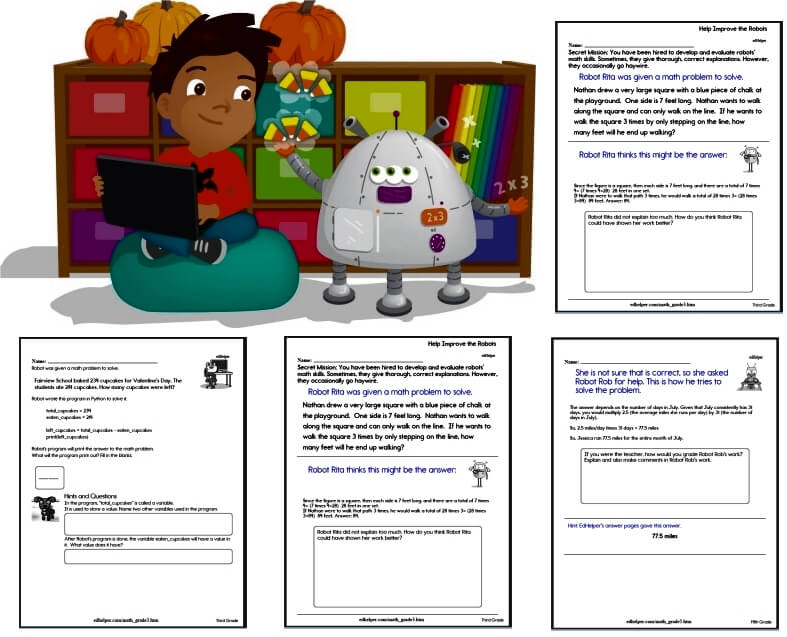
Daily Math Practice
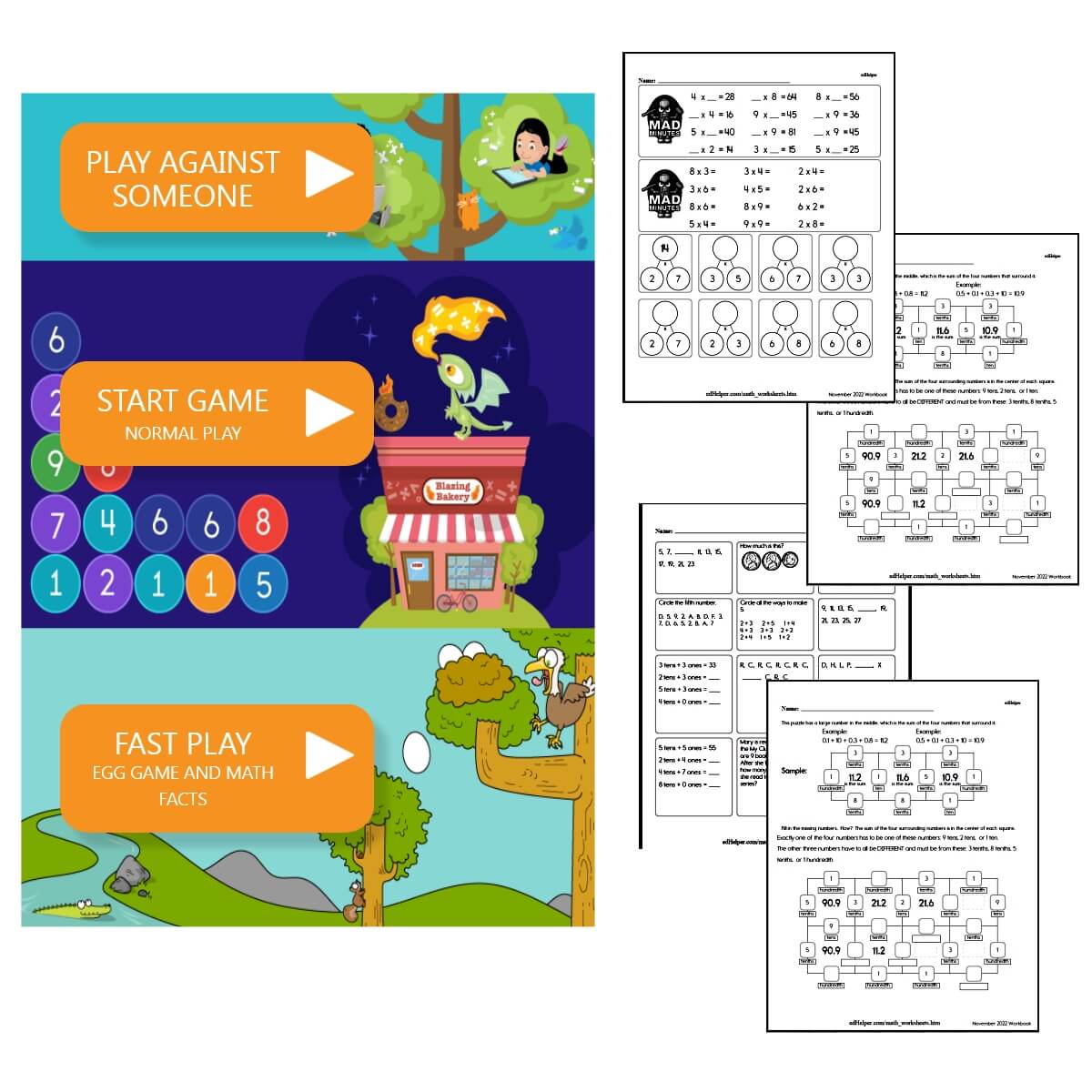
Math Homework for Generation Alpha

Freebies for Busy Teachers
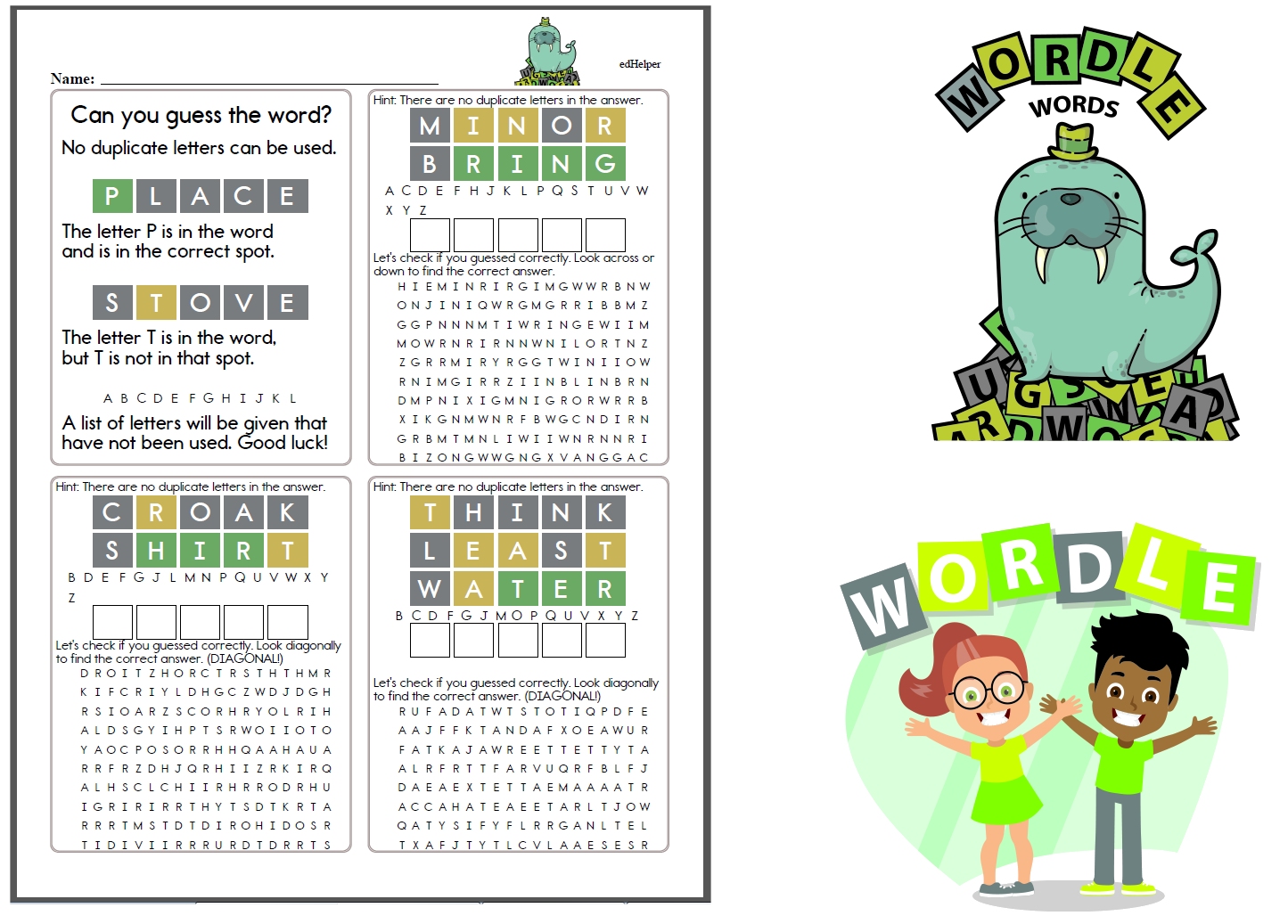
Wordle Worksheets

Mental Math Task Cards
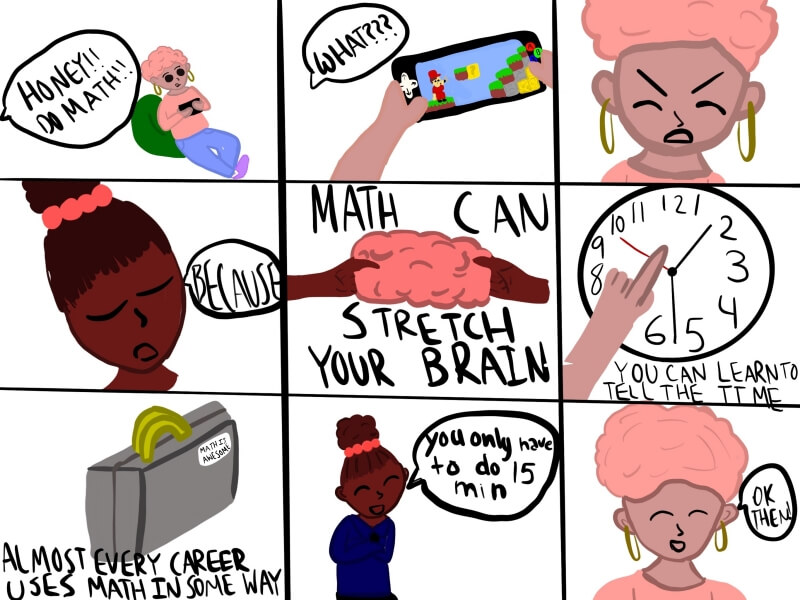
Elementary School Children Don't Get Enough Math Practice at Home
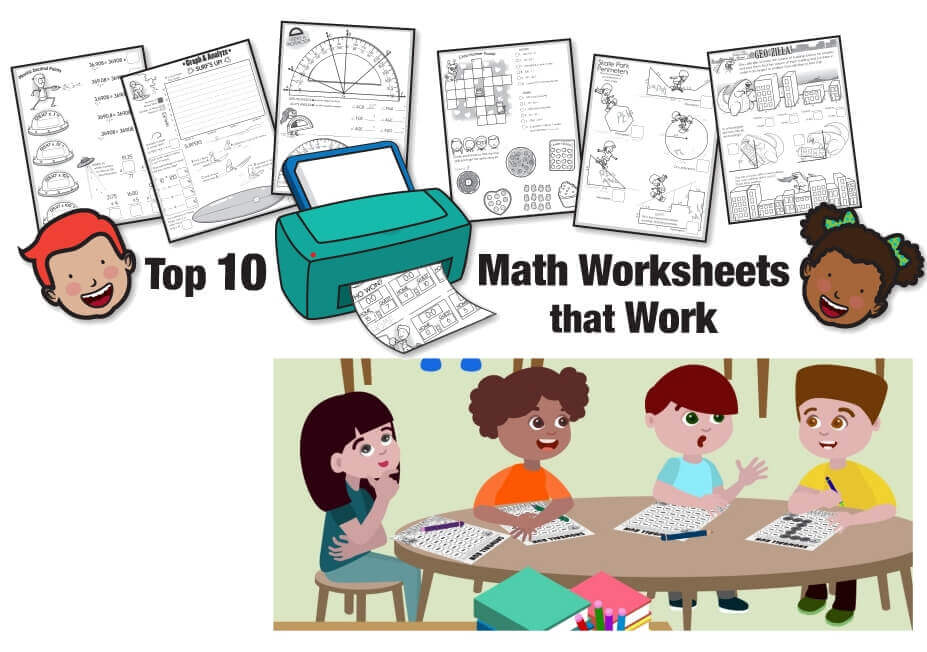
10 Math Worksheets That Work for Teachers (Free Printables)
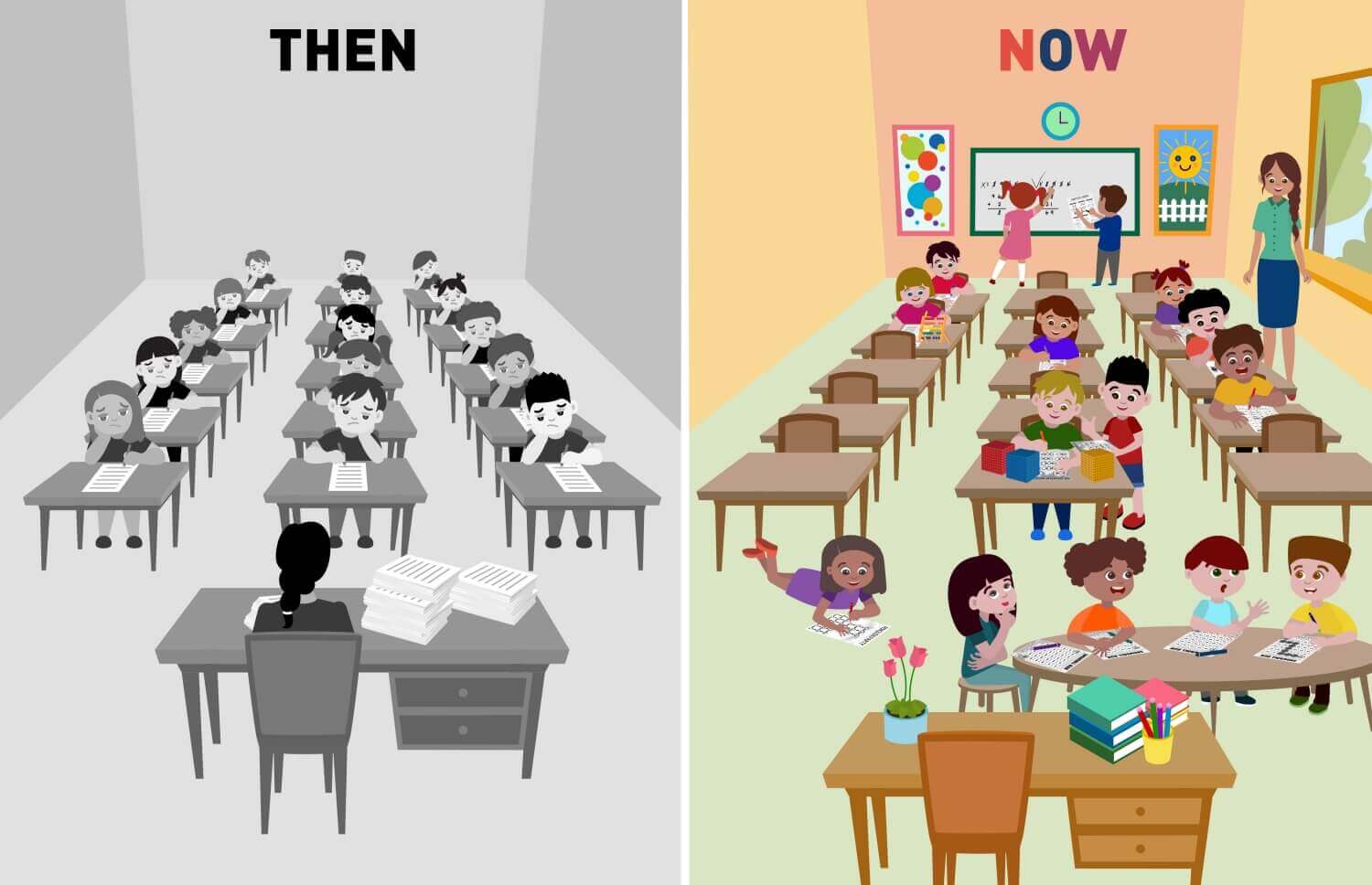
Do Math Worksheets Really Work? What We Found May Surprise You.

Best Teaching Ideas
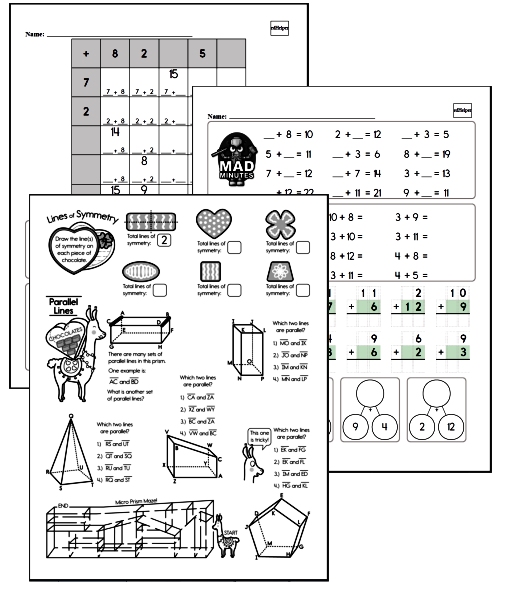
Math Worksheets
Free Math Worksheets - No Login
Kindergarten Jumbo Math Worksheets PackFirst Grade Jumbo Math Worksheets Pack
Second Grade Jumbo Math Worksheets Pack
Third Grade Jumbo Math Worksheets Pack
Fourth Grade Jumbo Math Worksheets Pack
Fifth Grade Jumbo Math Worksheets Pack
Sixth Grade Jumbo Math Worksheets Pack
Middle School Jumbo Math Worksheets Pack
